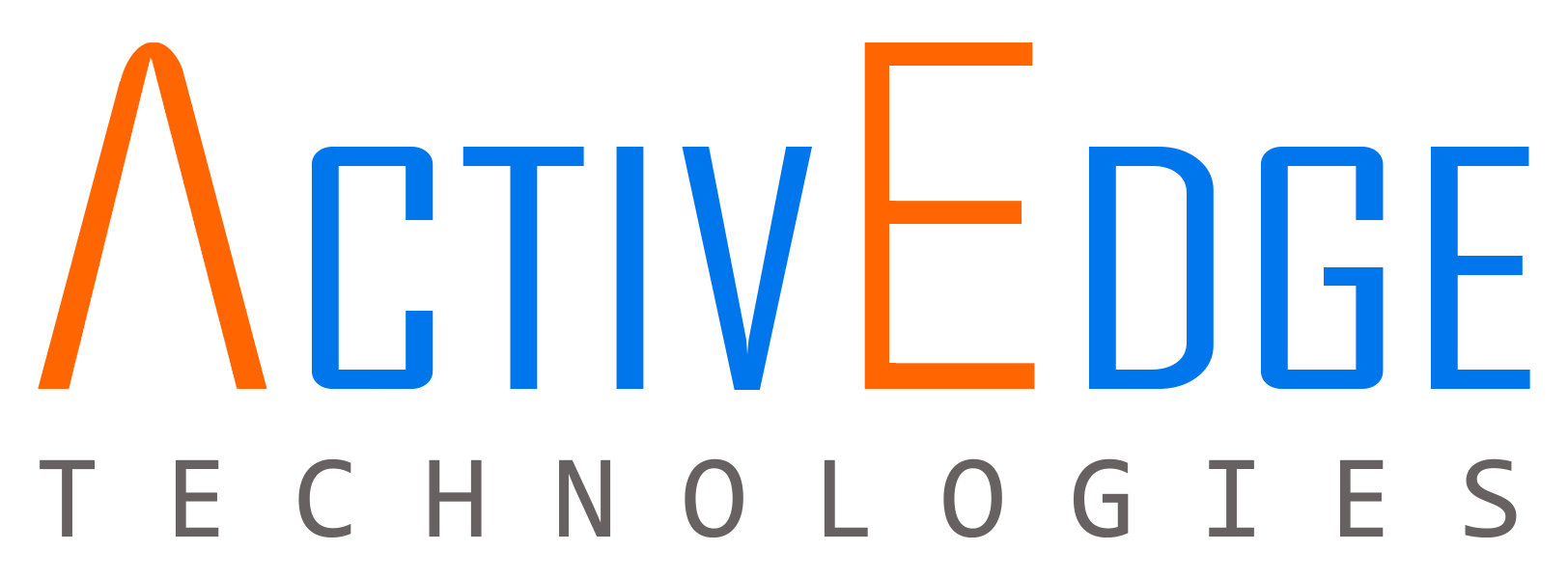Ransomware is a type of malware that encrypts the victim’s data and demands a ransom payment in exchange for the decryption key. In recent years, the threat of ransomware attacks has continued to increase, and businesses of all sizes have fallen victim to this devastating form of cybercrime.
It’s one of those threats that keeps security teams, professionals, and CISOs awake at night.
Why are ransomware attacks increasing?
The biggest reason for the rise in ransomware attacks in recent years is the massive increase in digital sharing. People are increasingly using online portals to upload files, and the number of people working from home on insecure workstations is increasing.
The rise of digital currencies, such as Bitcoin, has also provided cybercriminals with a relatively safe and risk-free mechanism for obtaining payment while remaining anonymous.
It’s becoming harder for organizations to keep on top of the increasing number of software updates, resulting in out-of-date software and devices that are particularly vulnerable to attacks.
In addition to the foregoing, cybercriminals are honing their craft, focusing on specific organizations with highly sophisticated, advanced attacks that easily evade traditional detection methods.
RECOMMENDED: How To Ransomware Proof your Backups
How can your business be infected by ransomware?
Cybercriminals can access your network through various methods, such as:
- Phishing or malicious emails, where they impersonate legitimate organizations to trick you into opening an attachment or clicking a link that may install malware on your device. With “over 90% of cyberattacks starting with an email”, this is the most used method to infiltrate organizations.
- Using infected websites, downloads, and links in conjunction with phishing emails or on their own to attack a company’s network.
- Developing fake or unprotected apps infected with malware to gain access to your smartphone.
What Can we Learn from Recent Ransomware Threats?
According to a Forecpoint report, here are recent threats and highlights for every business decsion makers
REvil: REvil, also known as Sodinokibi, is a ransomware family that emerged in 2019. It is known for targeting large organizations and encrypting not only the victim’s own data, but also any backups they have stored. REvil also includes a feature that allows the attackers to remotely access the victim’s network after the encryption process is complete.
TrickBot: TrickBot is a banking trojan and malware downloader that is used to steal sensitive information and deliver other malware, including ransomware. It’s been active since 2016 and is known for its widespread distribution and advanced evasive techniques.
Maze: Maze is a ransomware family that emerged in 2019. It is known for stealing data from the infected systems before encrypting them and demanding a ransom payment. The group behind Maze has been known to publicly release stolen data as a form of pressure on victims who refuse to pay the ransom.
LockBit is a ransomware family that emerged in 2020. It is known for its ability to encrypt not only the victim’s own files, but also any backups they have stored. It is also known for its use of a unique encryption method that makes it difficult to decrypt the encrypted files without paying the ransom.
LockBit is typically delivered via malicious email attachments or through vulnerabilities in unpatched software. The attackers behind LockBit have been known to target small and medium-sized businesses, with a focus on companies in the United States and Europe. LockBit is also known for its use of the double extortion tactic, which involves stealing sensitive data from the victim before encrypting their files and demanding a ransom payment.
As mentioned, the recent cyber incident involving the British postal service, Royal Mail is the latest example shining a media light on the threat of ransomware. Reports indicate that the incident involved the use of a specific strain of malware, known as LockBit. It is important to note that the incident has not been officially confirmed to be related to LockBit yet and the investigation is ongoing. Although Royal Mail has said that no personal data has been compromised, they are still experiencing disruptions to services almost one week after the attack. It’s another example that highlights that the true cost of a ransomware attack spreads wider than just the demanded ransom.
WATCH: Disaster Recovery from On-Premises to Cloud
Transform your Cybersecurity for the digital era with ActivEdge.
To mitigate the risk of a ransomware attack, it is essential for organizations to implement robust security measures and regularly update their security software and hardware.
This includes using anti-virus software, firewalls, backup and disaster recovery systems, and employee training programs. It is also important to have a comprehensive incident response plan in place in the event of a ransomware attack.
The future is now, Schedule a demo with our cybersecurity experts to mitigate cybersecurity threats and safeguard your business.

